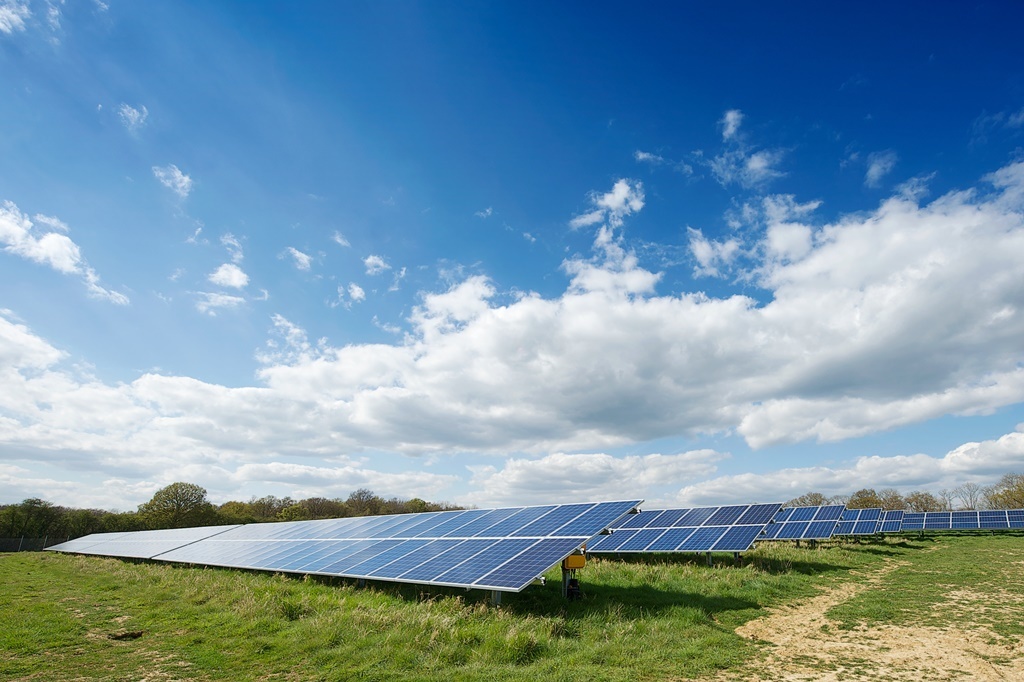
A rare ancient grassland rich in wildlife has been saved after plans for a solar farm with tens of thousands of panels were moved elsewhere.
Government agency Natural England which designated Rampisham Down as a Site of Special Scientific Interest (SSSI) for its wildlife importance in 2014 to protect it, hailed work to save the habitat as a “wonderful outcome for conservation”.
West Dorset District Council had approved plans for British Solar Renewables (BSR) to install around 119,280 photovoltaic panels on steel frames in the 72-hectare (187 acre) former BBC Rampisham Down Transmitter Station site, one of the largest natural lowland acid grasslands in the country.
But Natural England objected to the proposal, warning it would destroy much of the rich habitat which includes a mosaic of plants such as birds-foot trefoil, heath bedstraw, mouse-ear hawkweed, slender St John’s wort, tormentil and dwarf thistle.
The site, a surviving fragment of a once extensive area of common land associated with medieval grazing, is also home to declining farmland birds such as skylarks and is important for its fungi and insect communities, Natural England said.
The government agency said local staff had worked closely with BSR, the district council and other partners including Dorset Wildlife Trust and the Dorset Area of Outstanding Natural Beauty
Team to find a solution to protecting the site.
As a result BSR submitted alternative plans to create a solar farm on less sensitive land nearby, which have been approved by West Dorset District Council.
Natural England’s Chairman, Andrew Sells, said: “This great success demonstrates the power of our outcomes approach, where we work in partnership with local people and businesses to solve problems and achieve significant benefits for the natural environment.
“Natural England intervened in the case to save this site from development and has recently worked productively with all partners to find an alternative site.
“This is a wonderful outcome for conservation, in particular for Rampisham Down and the wildlife it supports.”
The new solar farm proposals will result in the long-term management of a scheduled ancient monument, an earthwork associated with the medieval park, and boosting of wildlife associated with the alternative site, as well as restoration and management of the Rampisham Down SSSI, Natural England said.
Recommended for you
